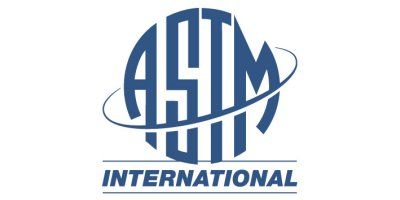

ASTM International
- Home
- Companies
- ASTM International
- Articles
- X-Ray Radiographic Investigation of ...
X-Ray Radiographic Investigation of Perchloroethylene Migration at the Livingston Derailment Site
May. 31, 1989- By: Ferrell RE; Arman A; Grosch JJ
Courtesy ofASTM International
X-ray radiography of soil cores was used as the primary test method to determine the reasons for the permeation of perchloroethylene into apparently impermeable clay layers at a hazardous chemical spill site. X-ray powder diffractometry, scanning electron microscopy, and chemical analysis were also performed to characterize the materials and structures observed in the soil cores through X radiography and to verify the presence or absence of perchloroethylene.
X-ray radiography proved to be an invaluable tool in the examination of the soil structure and in the solution of the problem. Results showed the presence of a three-dimensional network of iron-lined fissures, concretions, and roots in otherwise low permeability clay. These conduits were responsible for the rapid permeation of the perchloroethylene.
X-ray radiography proved to be an invaluable tool in the examination of the soil structure and in the solution of the problem. Results showed the presence of a three-dimensional network of iron-lined fissures, concretions, and roots in otherwise low permeability clay. These conduits were responsible for the rapid permeation of the perchloroethylene.
Most popular related searches
Stay in the loop!
Select your areas of interest to receive industry updates.
